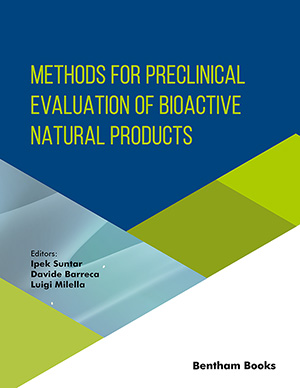Abstract
Background: The toxicity of lead and its compounds is well known, causing anemia by inhibiting the synthesis of porphyrins. The neurotoxic effects, particularly in the young, alter the structure of cell membranes and DNA. Chronic exposure to lead has adverse effects on the body by disrupting the mechanisms of energy production and tissue damage, in particular in its links with thiol groups and competition for binding sites with zinc.
Objective: This review is therefore a description of the mechanism of lead toxicity as well as of possible interventions for the detoxification of the body. Part of the clinical intervention is the provision of chelates that form insoluble complexes with lead and eliminate the load in tissues. Most of these chelating agents have a number of side effects. It is therefore not surprising that active compounds with distinctive antioxidant and chelating properties are being sought after.
Conclusion: The possibility of administering lower amounts, and the corresponding decrease in side effects, would be important for clinical practice. Both prospective studies and our initial studies on humic acids have highlighted positive effects based on their antioxidant and chelating properties.
Keywords: Antioxidant, heavy metal, humic acids, chelating properties, intoxication, lead.
 62
62 1
1






















